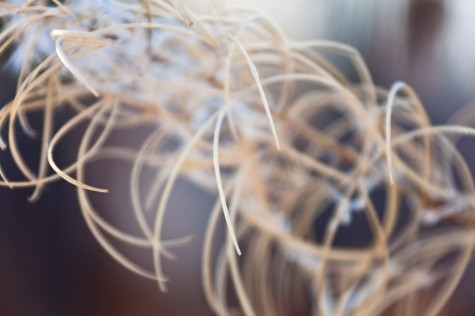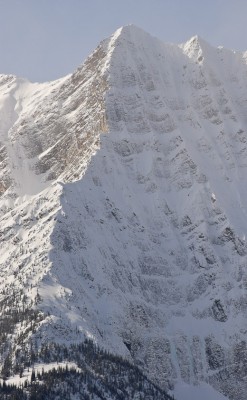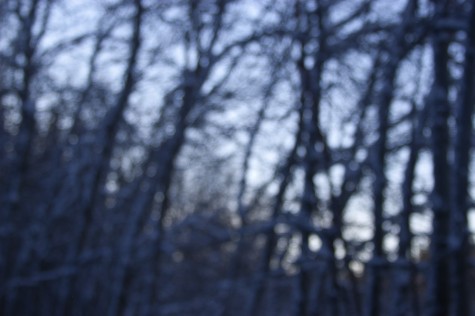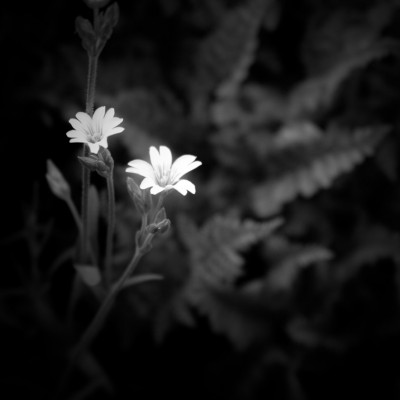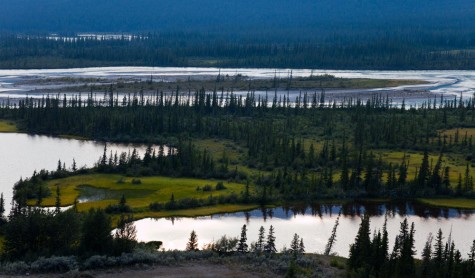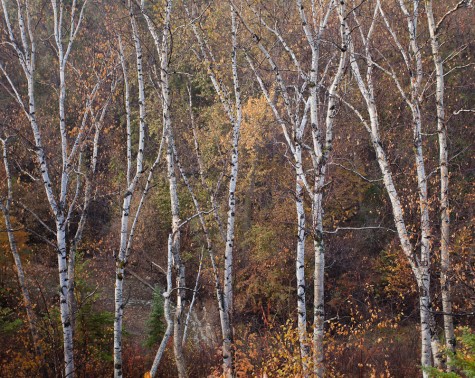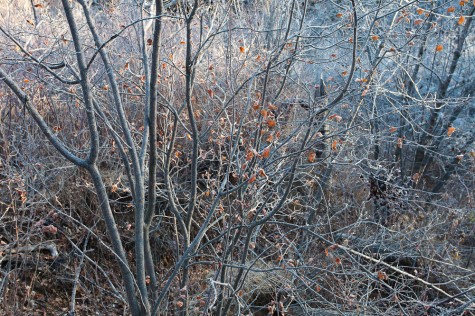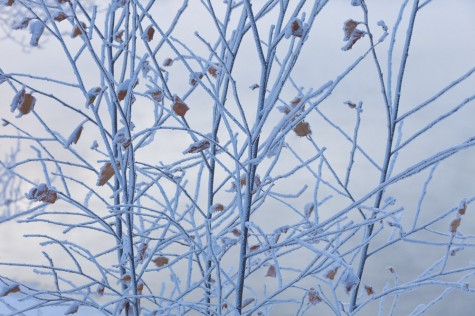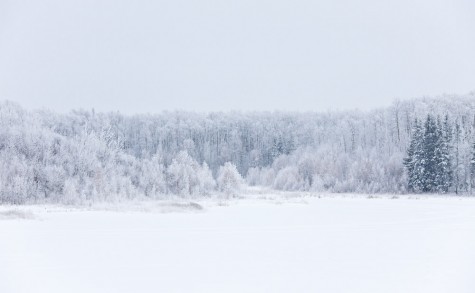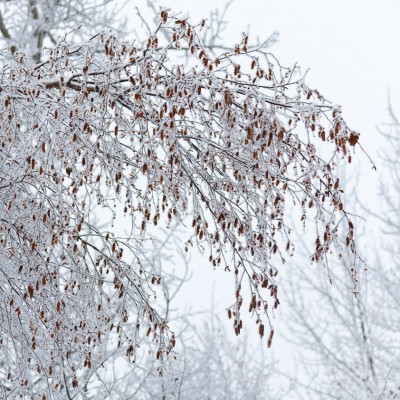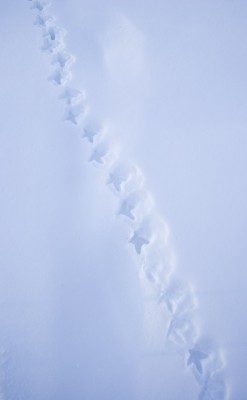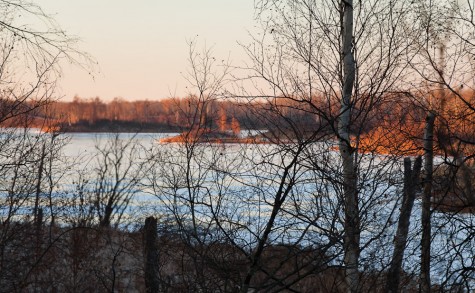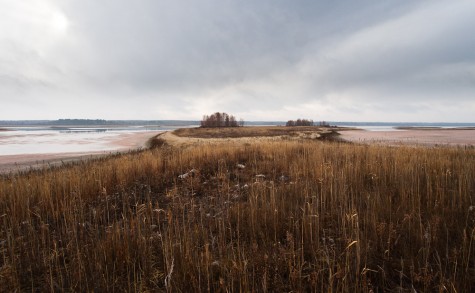I know it’s odd to call this post “Dried fireweed detail” when 95% of the photograph is out of focus. For me however, this image captures the essence of the detail—and the depth—of the dried seed pods. The title’s also a bit if a play on words—using “detail” in the sense of a close-up of a portion of a larger work, like when a small section of a painting is enlarged in a book to show a painter’s technique, for example. I really enjoy getting in close to a photographic subject to look for an angle that can capture the greater “whole” of the subject while showing only a small portion.
|
||
|
Several of my favourite Alberta landscape photographers have been posting small galleries of their past year’s best landscape photographs, so I decided to do the same. It was fun to look back through a year’s worth of photos, and impossible to decide which were my “favourite”. I decided to pick one favourite photo from each of the locations in Alberta that I regularly make photographs including: Jasper National Park, Waterton National Park, and the Icefields Parkway in the Rocky Mountains; and Ministik Lake Game Bird Sanctuary, Whitemud Ravine, Gold Bar Park, and the Strathcona Science Park closer to my home in Edmonton. I’ve posted all of the photos below as a group (in chronological order) but I will also create a separate entry for each photo to provide extra details about the image like I usually do—just click on the link below each photo to go to it’s detail page. (It will take me a little while to get them all up) I hope you enjoy this small collection, and I do always appreciate it if you leave a comment with your thoughts or reaction. Happy New Year, and I wish you many fine photographs in 2010! Along the Icefields Parkway [Click for more details] Ministik Lake (in the winter) Waterton National Park Ministik Lake (in the summer) (I know that’s cheating a little) Jasper National Park Goldbar Park (North Saskatchewan River Valley) Whitemud Ravine [Click for more details] Strathcona Science Park [Click for more details]
To continue the line of thought from my last entry, another type of composition that I find can work on grey, overcast winter days when the light is perfectly flat and even is a “high-key” image like this one. If there’s fresh snow, the whole landscape can turn the same colour–light grey. I find the trick is to ensure that my exposure is bumped up a little bit to turn the greys to white, and to find a little bit of contrast (spruce are great for this) for visual interest. These very subtle, almost monotone, images really capture the feeling of these most-subtle of winter days. 
In central Alberta the cold snap is over, and a prolonged case of the “winter-stratus” has set in—stratus clouds, that is. These are low, featureless clouds and in winter, when there isn’t much moisture, they are generally light grey to nearly white. Sometimes, like yesterday afternoon, they’ll lift a little to where you might call them altostratus, and you’re more likely to catch a little break for the sun to peak through. These are probably the most common clouds (stratus and altostratus) over Edmonton during the winter when there’s not enough solar energy to build a decent cumulus cloud. (I think I may be letting the cloud-watcher nerd in me show a little here). Photographically speaking, stratus clouds make the light perfectly flat and even, which can be both a curse and a blessing. Generally, the contrast of side light and shadows makes for more dramatic images than the flat light under a stratus ceiling, but I find that sometimes detail-oriented compositions benefit from the “huge softbox in the sky” effect. I enjoy the challenge of finding these photographs on days that would normally be considered photographic busts. 
I was sent a photo recently of an unidentified bird out at Elk Island National Park that turned out to be a Ruffed Grouse. The same day I had been out taking photographs at Ministik Lake Game Bird Sanctuary, which is just south of Elk Island, and had come across a fair number of grouse tracks in the dusting of fresh snow that had fallen overnight (this photo was taken at Ministik, but a couple years ago). The tracks are quite distinctive with the wide snowshoe-like toes, and it’s interesting to see where the birds come and go. Keep an eye out for these next time you’re in the fresh snow. 
Last week I took my camera (and my daughter) out to the Cooking Lake-Blackfoot Natural Area, about 30 min east of Edmonton, for an afternoon walk while the weather was still relatively mild. There has been just a dusting of snow so far this year, so the ice on the lake was bare and exposed to the quickly cooling air. As the sun moved lower in the sky and the temperature dropped the ice began to make terrific heaving, groaning and booming sounds. The frequency increased until there was nearly constant, resounding, echoing sound coming from the ice. Everything else was perfectly still, and the singing of the ice was the perfect background music while I took this quick photograph–just as the last sunlight made the bare aspen on the far shore glow a warm orange-red, in contrast to the cool blue of the shadowed lake ice in the foreground. 
This photograph is not brand new (it’s from earlier this winter), but I have been working with it recently, and would like to share it here. It had been a while since I’d had the time to hike in to this lake in the Ministik Game Bird Sanctuary, and it was a shock to see how far the water had receded since I’d last seen it. Not that I was terribly surprised–every lake at Ministik (and in most of Alberta) is showing the effect of the dry years we’ve had. What did surprise me was the colour of the mudflats–the pinkish-reddish hue in the photo is an accurate depiction (as much as is possible–but that’s another debate). The grey sky complemented the mudflats and dried grass, giving a very subtle, subdued pallette. 
|
||
|
Copyright © 2009-2025 Jonathan Martin-DeMoor |
||

